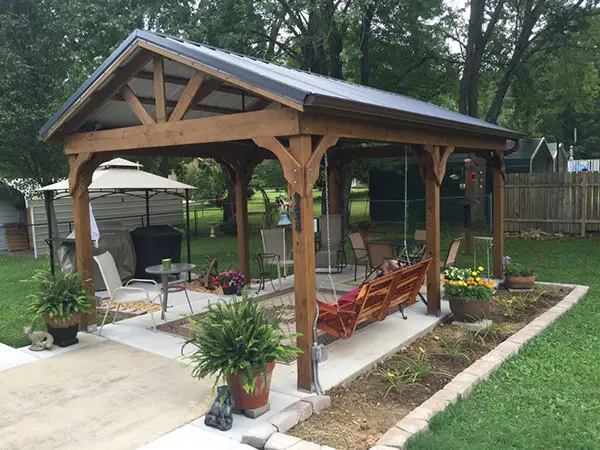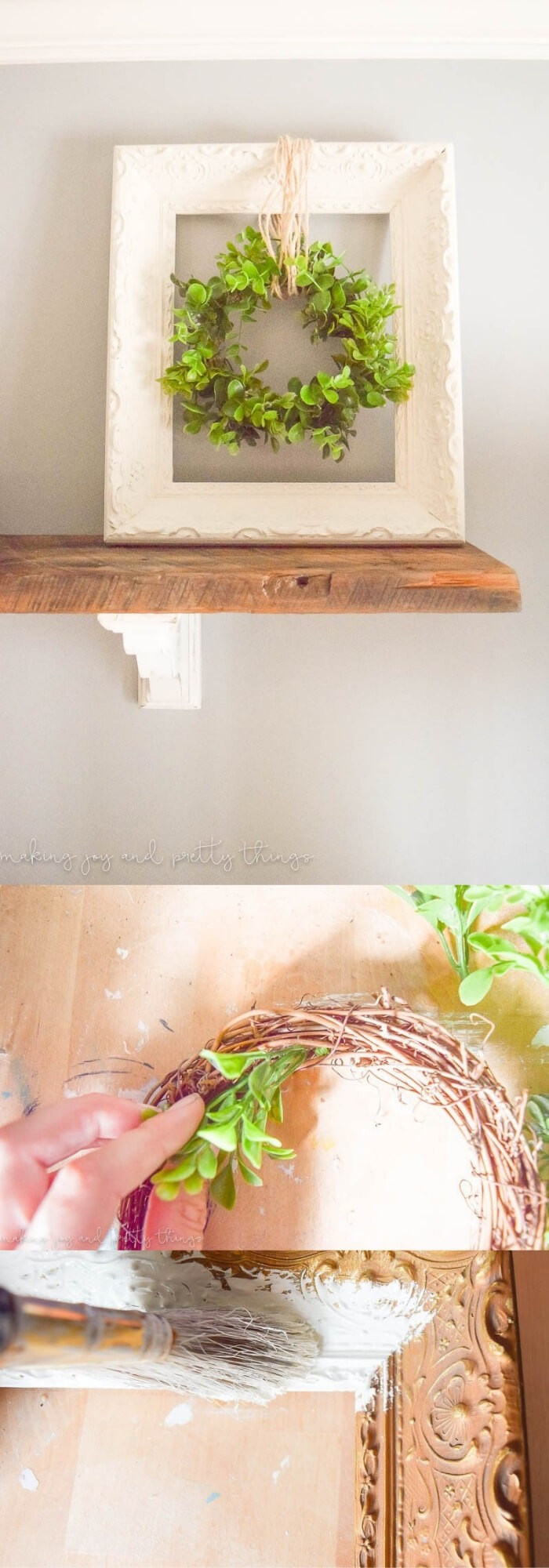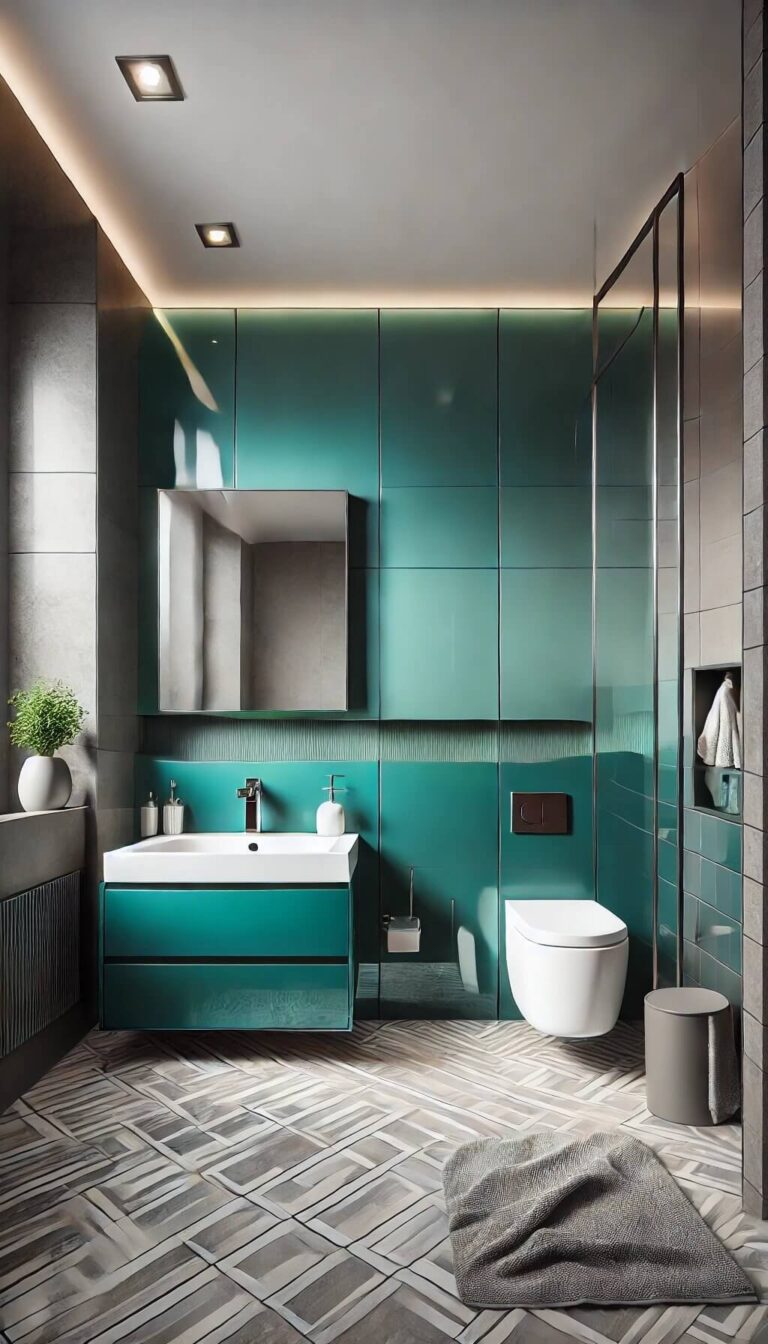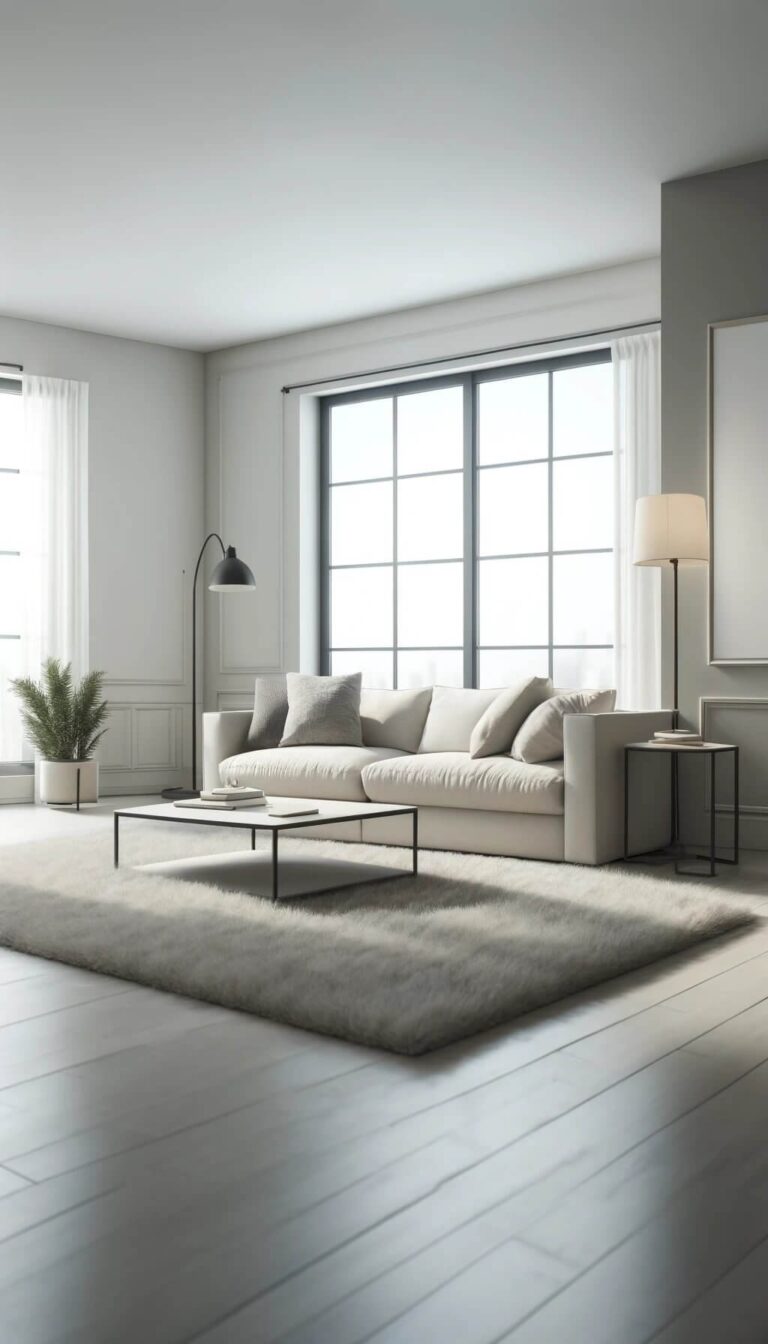24+ Landscaping Ideas To Hide Utility Boxes
Utility boxes, a common sight in our outdoor spaces, can often detract from their natural beauty. Fortunately, there are numerous landscaping ideas that can effectively hide these unsightly structures and enhance the overall aesthetic of your yard. In this article, we’ll explore 24 unique ways to conceal utility boxes, ensuring they blend seamlessly into the surrounding landscape.
24 landscaping ideas to hide utility boxes
Wood screen
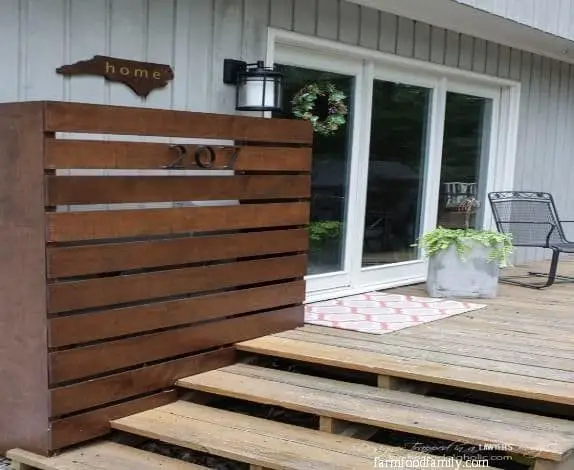
Transformed from its original purpose, repurposed wood plays a key role in creating a functional and visually appealing slatted screen for an outdoor utility box. The custom-made design features sturdy cleats that provide a smooth and effortless way to access the box by simply giving it a gentle push.
Attaching planters
When it comes to hiding utility boxes with a wood project, attaching pallet planters is an excellent idea. Not only do they conceal the box, but they also enhance your home’s curb appeal with the addition of flowering plants. Just be mindful of choosing plants that don’t require excessive watering, or consider using artificial flowers for a purely decorative touch.
This creative solution not only solves the problem of unsightly utility boxes but also adds a pop of color and vibrancy to your outdoor space.
3-4. Lattice casing
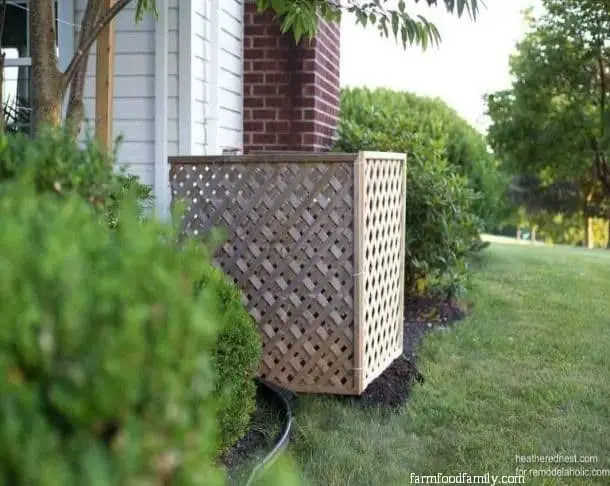
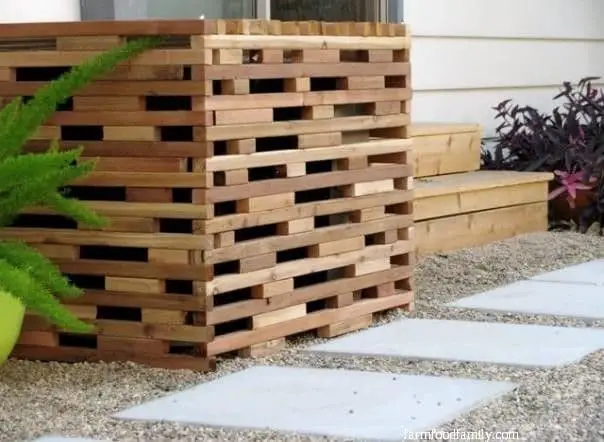
When upgrading an existing air conditioning unit, consider incorporating ornate casings that prioritize airflow. For instance, lattice-designed boxes can be a functional solution to ensure a bulky AC unit receives the necessary ventilation. This approach not only enhances aesthetics but also promotes efficient system operation. Alternatively, you can opt for a more modern and unique design using scrap wood.
A jenga-inspired casing, for example, can add a touch of sophistication to your space while providing a creative outlet for woodworking enthusiasts. However, this option may require more advanced carpentry skills and attention to detail.
Louvered screens
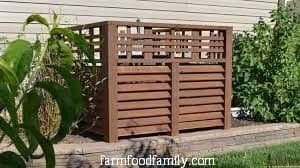
To enhance the subtlety of your outdoor space, consider incorporating louvered screens that seamlessly integrate with your electrical outlets or air conditioning vents. By thoughtfully positioning these screens at an optimal angle within the landscape, you’ll be able to create a cohesive design aesthetic that effortlessly blends functionality and style.
6-7. Outdoor cabinet
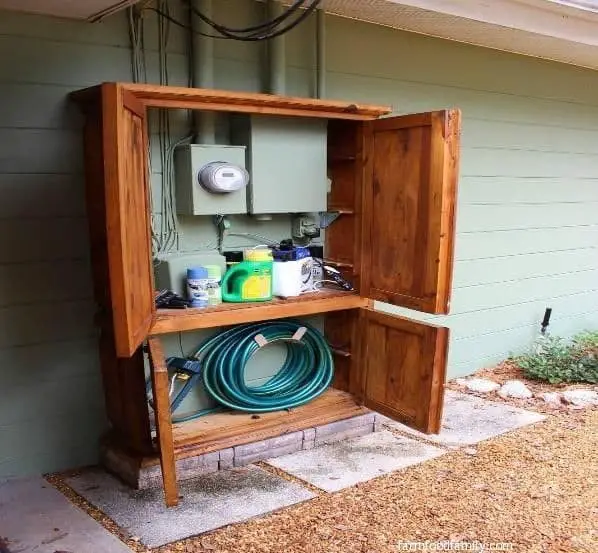
For a more practical and visually appealing solution, consider crafting a multi-tiered outdoor cabinet that incorporates the electric box into its design. The top level can be dedicated to housing the electric box, while the lower shelves can be used for storing gardening essentials like hoses, mulches, or outdoor cleaning supplies. This approach not only conceals the electric box but also provides additional storage space for your outdoor tools and equipment.
Alternatively, you could opt for a custom-made enclosure that focuses solely on the power box. Adding a touch of wood to this design can elevate its aesthetic appeal, making it a beautiful addition to your yard’s landscape, especially if you have a wooden-themed design nearby. The wooden finish can also help the enclosure blend seamlessly into its surroundings, creating a cohesive look that complements your outdoor space.
Matching paints
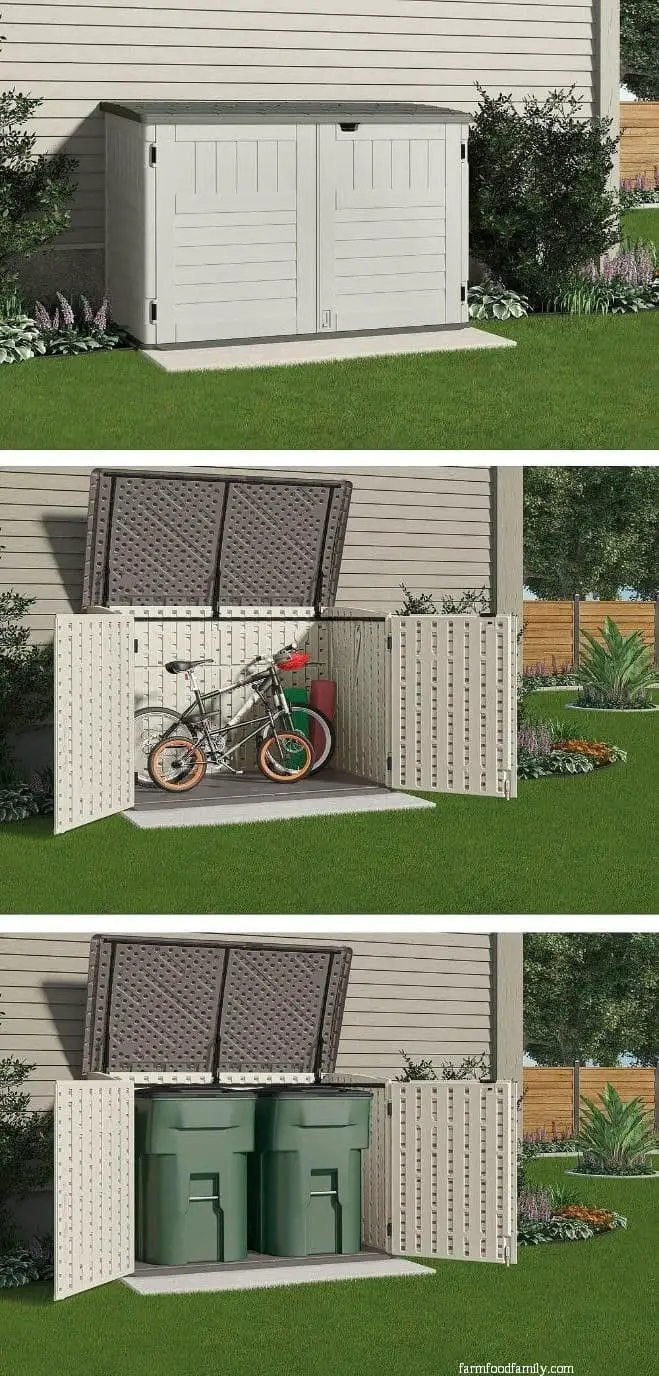
When incorporating an electric box shed into your landscape, consider a harmonious design by synchronizing its color palette with your home’s exterior paint scheme. Aim for a seamless visual integration, as demonstrated by the power of simplicity in design.
9-11. Simple picket fence
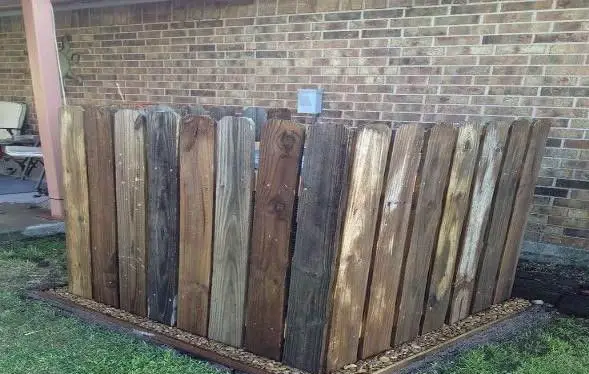
When it comes to utility boxes and bulky AC vents, homeowners often struggle to find a way to make them visually appealing. However, one solution could be to install a simple picket fence around the area where the box or vent is located. This can be done using white pickets and surrounding the area with shrubs and plants to maintain uniformity with the rest of your home’s landscape.
Another option is to use wood casing for a more rustic look, which can even feature mesh iron reinforcement for added safety. These types of casings are particularly well-suited for larger AC vents.
Angled wood fence on a floral bed
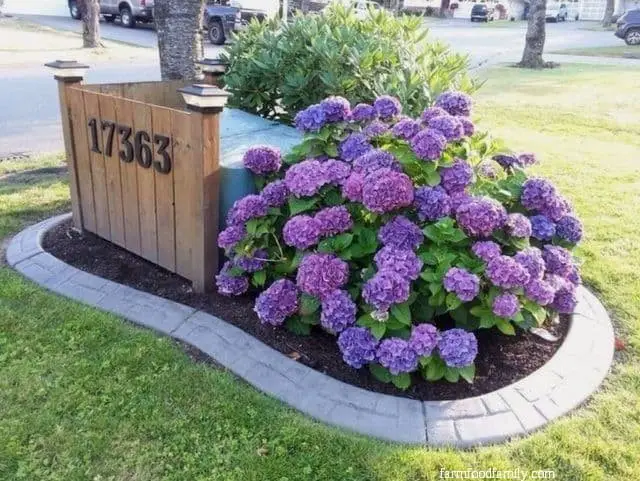
A well-designed angled wood fence can offer benefits that extend beyond its primary purpose of encasing an electrical box. One creative approach is to incorporate your house number into the design, making it easy for visitors and delivery personnel to identify your residence. Additionally, you can use the fence as a boundary for a beautiful floral bed, defined by stones and topped with a layer of mulch.
This thoughtful touch can significantly enhance your home’s curb appeal, creating a warm and inviting first impression.
Go Low
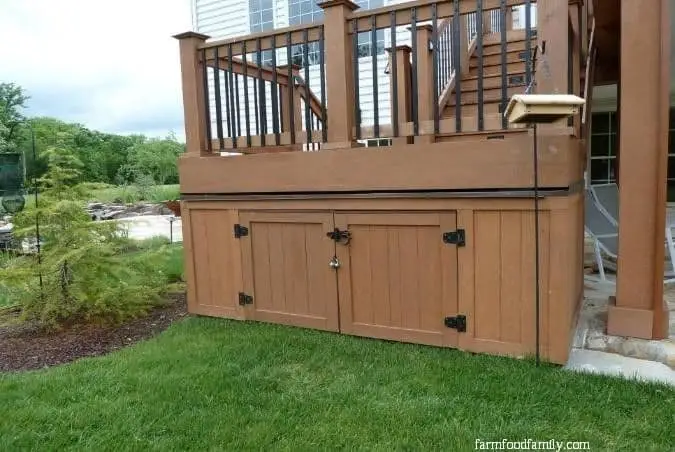
When it comes to the space beneath patio stairs, consider capitalizing on the opportunity to create a functional feature. A low cabinet, for instance, can be built to house essential outdoor components like a transformer or pool pump. Ensure that the aesthetic of the cabinet aligns with that of the stairs by matching materials and paint colors. This thoughtful approach will result in a seamless visual transition between the two.
14-16. Leave it to the flowers
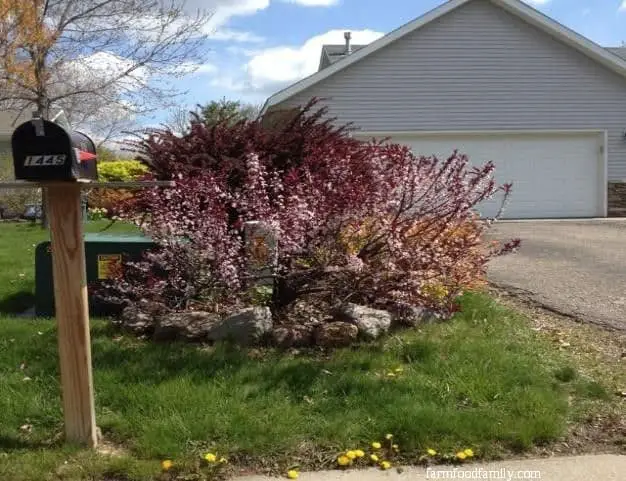
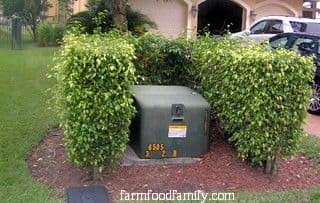
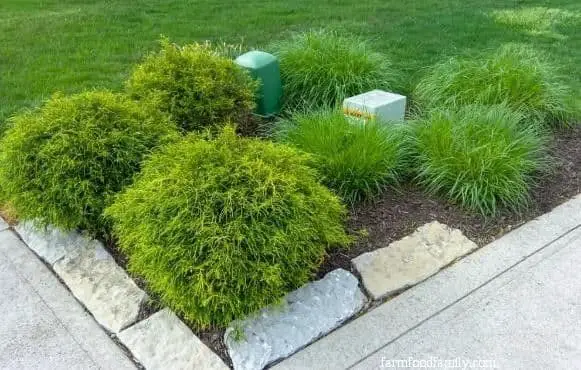
One innovative approach is to forgo a traditional casing altogether and instead create a lush, verdant enclosure using shrubs and flowering plants. By placing these greenery densely around the electric box, you can effectively conceal it from view. Alternatively, you could trim a wall hedge to enclose the main power grid of your home, creating a tidy and visually appealing solution. For smaller utility boxes, consider cultivating low-growing plants that thrive in those conditions.
This approach not only adds aesthetic value but also helps to soften the visual impact of these often-unsightly structures. By leveraging the natural beauty of plants, you can turn what might otherwise be an eyesore into a charming and inviting feature.
Think outside the box
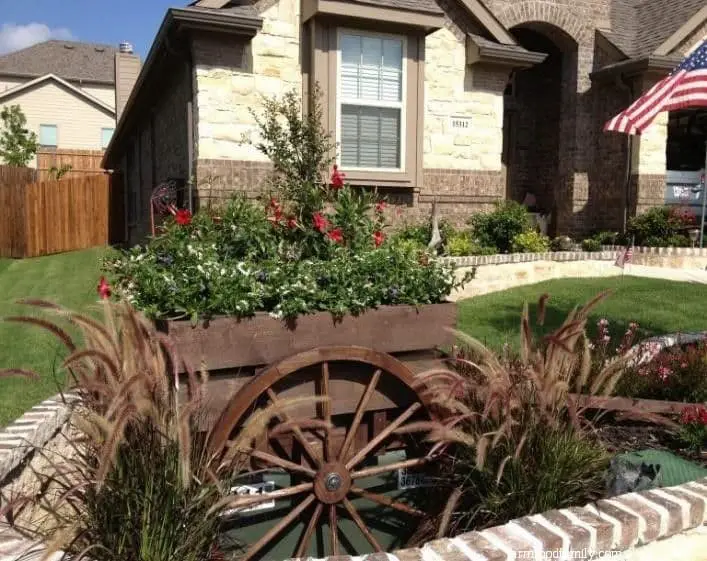
By cleverly repurposing a small carriage to sit atop a transformer, you can seamlessly integrate the utilitarian necessity with your home’s rustic charm. The addition of brick stones and lush greenery creates a visually appealing planter that not only conceals the transformer but also adds texture and depth to the surrounding area. This creative solution is sure to impress even the most discerning eye.
Faux rocks
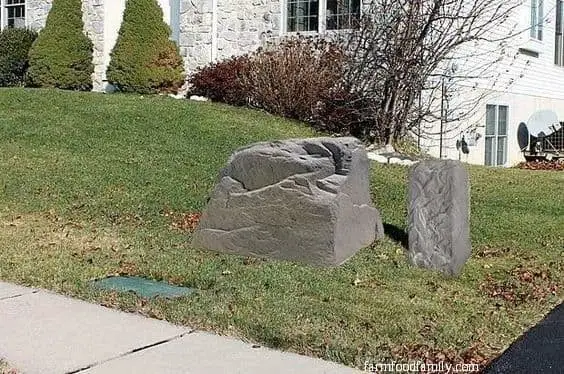
Utility box covers don’t have to be an eyesore in your front yard. In fact, you can easily conceal them with faux rocks. To do this, simply dig a shallow trench around the utility box and place the rocks inside. This solution is hassle-free and allows the natural tone of your landscape to remain intact.
Privacy fencing
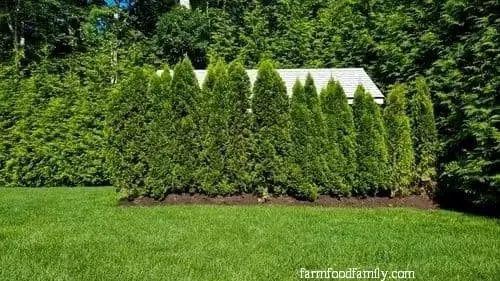
To conceal electric boxes completely, consider planting taller shrubs that will fully obscure them from view. While achieving this goal, it’s crucial to strike a balance between aesthetics and functionality by thoughtfully arranging the shrubs to maintain the overall charm of your yard.
Bi-fold screens
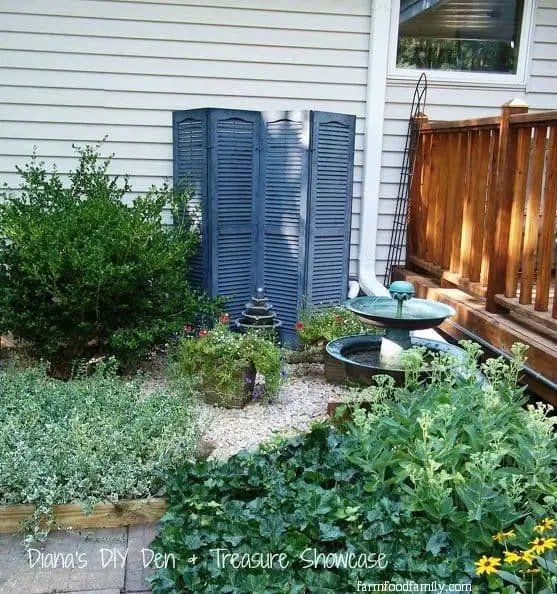
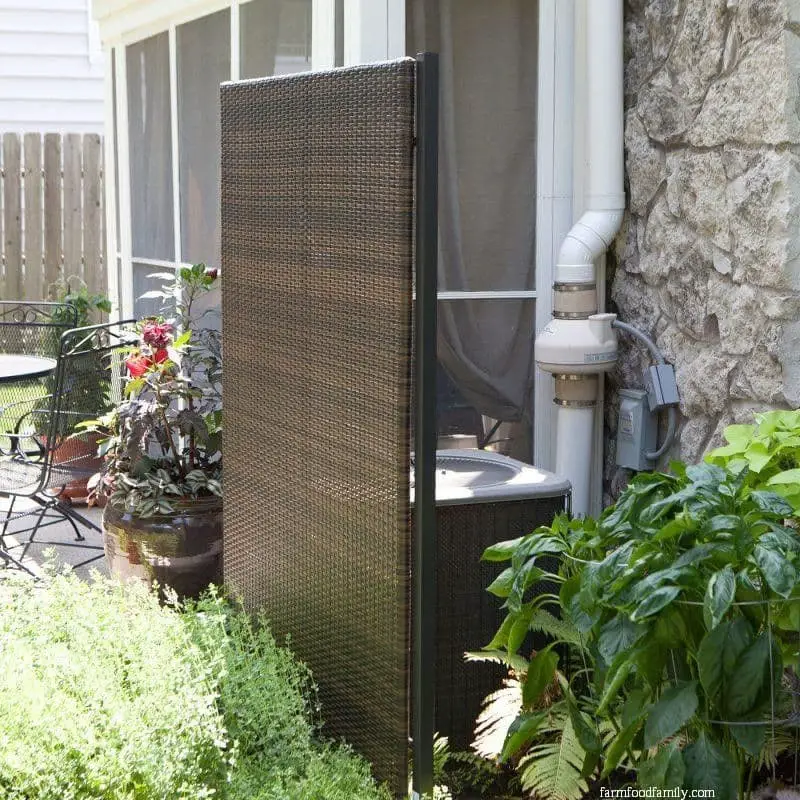
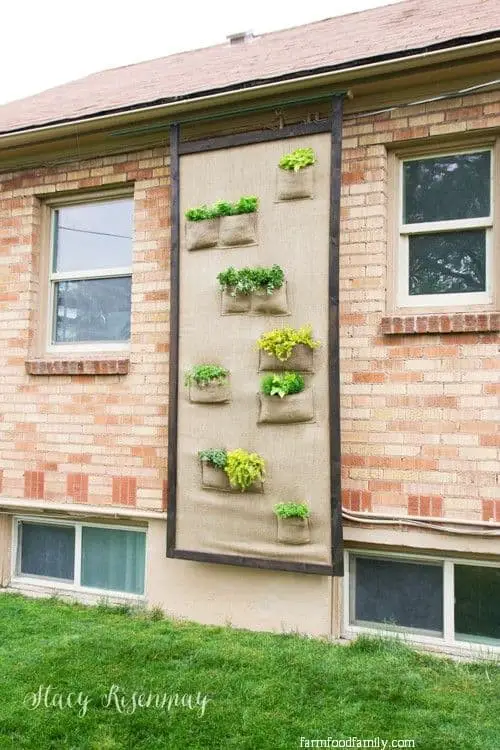
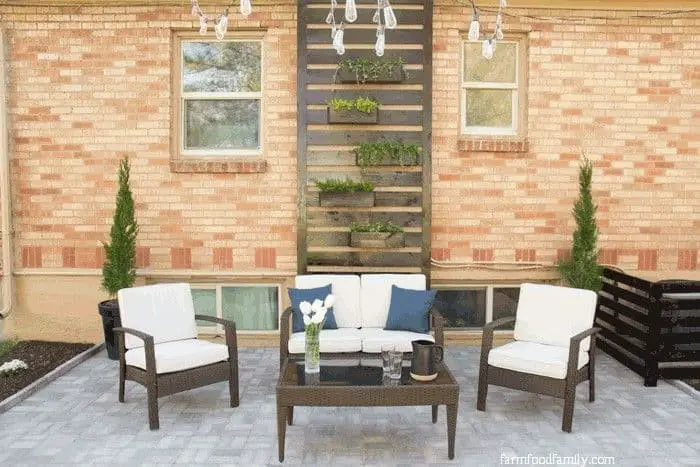
When it comes to concealing utility boxes, you can repurpose scrap bi-fold screen panels to create a visually appealing solution. Consider using wooden or metal bi-fold screens that can be easily installed around the box. For a more dynamic look, opt for a moveable screen that complements your home’s color scheme and yard ambiance. Alternatively, consider installing a sliding cover made from fabric or wood that lifts up to the rafters, adding a touch of elegance to your outdoor space.
Line in the pots
When placing the box near the home’s corners, consider utilizing tall vases or planters to cleverly conceal it, much like how hedges would naturally obscure its presence. This creative solution can be a valuable consideration for those opting to incorporate such a feature into their landscape design.
FAQs
While concealing utility boxes can seem like a daunting task, understanding the following frequently asked questions will provide valuable insight into this creative endeavor. Whether you’re looking to seamlessly integrate these essential structures or simply want to maintain a visually appealing outdoor space, these FAQs serve as a helpful primer for successfully hiding utility boxes through landscaping.
What are the utility boxes in my yard?
In many cases, the utility boxes scattered throughout your yard are comprised of essential infrastructure components, including power grids, pad transformers, and pool pumps. Beyond these, other common types of utility boxes can be found, such as those housing sewer caps, cable systems, old transformers, air conditioning vents, and plumbing networks.
How close can you plant to an electrical box?
When it comes to planning your garden layout around electrical boxes, there are some important guidelines to keep in mind. A general rule is to maintain a minimum distance of 10 feet between the planter and the front of the box. This ensures a safe and functional installation. Additionally, if you’re planting on either side of the box, make sure to leave at least 4 feet of clearance to avoid any potential issues or hazards.
Can you plant around an electrical box?
While it’s true that access zones around electrical boxes are crucial for safety, it’s essential to ensure you’re adhering to the correct measurements to avoid any potential risks. However, when it comes to hedging and raised soil beds surrounding these boxes, the traditional rule of thumb doesn’t necessarily apply. In such cases, consulting with a licensed electrician beforehand can prove invaluable in preventing any complications.
Conclusion
When it comes to utility boxes in our yards, built-in structures that cannot be relocated, we need to get creative to conceal them from view. One effective approach is to incorporate them into the yard’s landscaping. Within this approach, there are numerous ways to disguise these unsightly fixtures, but it’s crucial to prioritize safety by identifying which sides can be accessed and which should remain untouched for safe maintenance purposes.
Related Posts
To ensure the success and growth of your farm business, selecting the right equipment is crucial. You’ll want to consider factors such as budget, space constraints, and the specific needs of your operation when making your choices. On the flip side, installing a fence around your home can provide peace of mind and protection from unwanted visitors. The key is understanding what type of fence best suits your property and lifestyle.
Meanwhile, tipping driveway sealers may seem like a no-brainer, but there’s more to it than just throwing some cash their way. In this age of DIY and professional services, understanding the etiquette around gratuities can be a valuable skill. Looking for a career path that combines artistry with environmental stewardship? Then consider becoming a landscape architect or designer. These professionals bring green spaces to life through thoughtful planning and creative vision.
Alternatively, if photography is your passion, you might enjoy capturing the beauty of gardens and landscapes as a garden photographer. Each of these careers offers its own unique rewards and challenges.


